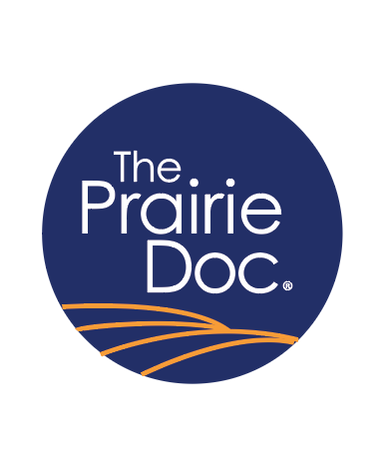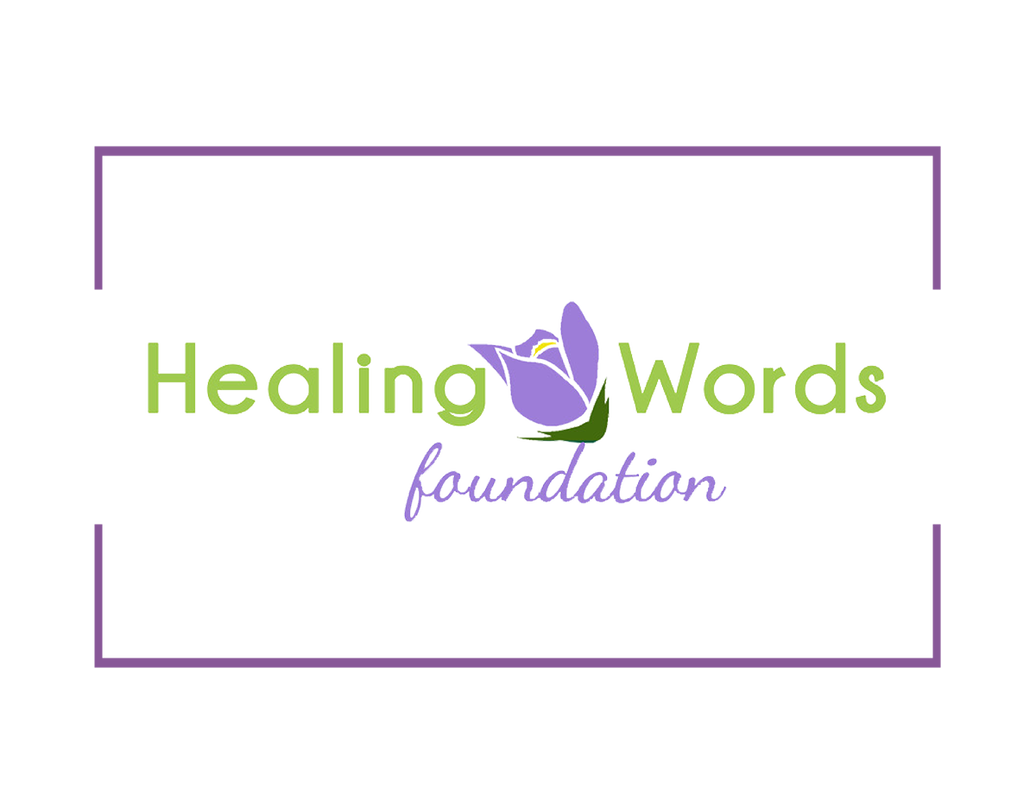|
An elderly late-80s gentleman came into the emergency room unconscious with the diagnosis of a new stroke. The CT of the head indicated there was no bleeding into or around the brain, indicating he had a blood clot, not a bleed that caused the acute brain injury.
Symptoms had begun six hours earlier, but the patient and his family just didn’t get to the emergency room in time to try a clot-busting medication that can sometimes save the brain. The family and I had a long talk. I discovered that the patient had been living alone in his home of 50 years, still visiting a nursing home every day to see his wife who had severe Alzheimer’s Disease. He had an advanced directive about which his family was aware. He had enjoyed a good life, his financial affairs were in order, and he did not want resuscitation if it was required. I remember a previous encounter with him where he told me, “that would be an easy way to go, so do not resuscitate. And what ever happens, no feeding tubes unless I have a reasonable chance of returning to a normal life, where I would know what’s going on.” After the stroke, the patient had significant brain injury with no capacity to swallow or speak and minimal awareness. With his family’s agreement, we did not start intravenous fluids, in consideration for brain edema that can occur in new strokes, and gave it a little time to allow for the edema to reduce and improve the situation. This also bought some time to see if we were going to get any recovery or not. After the third day, the writing was on the wall. His outlook, if he survived, would require him to have a feeding tube. The family told me to follow his advanced directive and allow a natural death. Over the next nine days he gently slipped away, no feeding tube, no respirator, no suffering. Take home message:
Comments are closed.
|
Archives
July 2024
Categories |
 RSS Feed
RSS Feed


